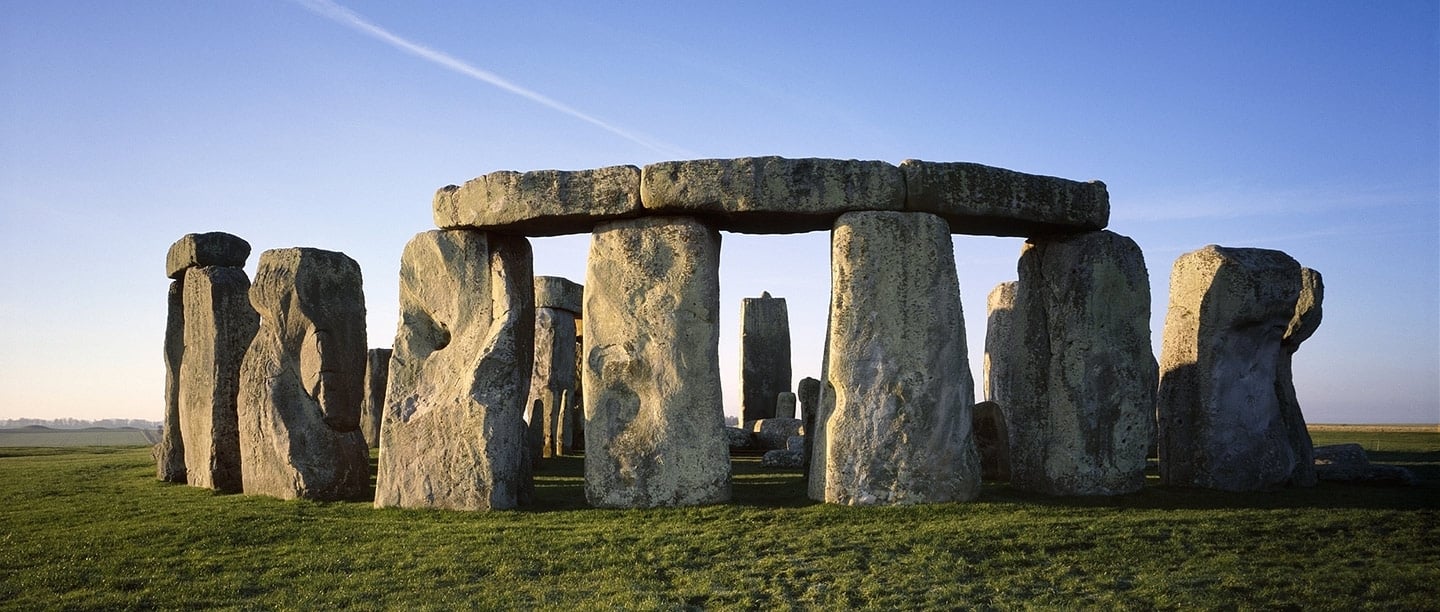
Welcome to the fascinating world of Stonehenge! As one of the most iconic and enigmatic landmarks in the world, this ancient monument has intrigued and captivated people for centuries. Located in Wiltshire, England, Stonehenge continues to be a source of wonder and speculation, with its massive stone circles shrouded in mystery. In this article, we will delve into 20 intriguing facts about Stonehenge that will leave you in awe of this remarkable structure. From its construction methods to its purpose and significance, there is so much to learn about this UNESCO World Heritage Site that has stood the test of time. So, let’s embark on a journey through the ages and uncover the secrets of Stonehenge!
Key Takeaways:
- Stonehenge, a 4,500-year-old marvel, remains a mystery of ancient engineering and astronomical significance, captivating millions of visitors worldwide with its grandeur and enigmatic aura.
- Despite ongoing research and preservation efforts, the purpose and construction process of Stonehenge continue to intrigue and inspire people, making it an enduring symbol of British history and cultural significance.
Mystery Surrounding its Construction
Stonehenge, one of the most famous landmarks in the world, continues to captivate researchers and visitors with its mysterious origins. How and why was this ancient monument built?
Age of Stonehenge
Stonehenge is estimated to be over 4,500 years old, dating back to the late Neolithic period. It has stood the test of time, becoming a symbol of human ingenuity and craftsmanship.
Megalithic Architecture
Stonehenge showcases impressive megalithic architecture, with its massive stones arranged in a circular pattern. Each stone weighs several tons, and it remains a marvel of ancient engineering.
Alignment with the Sun
During the summer solstice, the rising sun aligns perfectly with the Heel Stone at Stonehenge, creating a breathtaking spectacle. This alignment suggests the site may have had astronomical significance.
Use of Bluestones
Stonehenge is made up of two types of stones: the larger Sarsen stones and the smaller Bluestones. The origin of the Bluestones, which were transported from Wales, remains a subject of debate among experts.
Complex Construction Process
The construction of Stonehenge is believed to have spanned several centuries, involving the efforts of countless individuals. How they managed to transport and position the massive stones remains a mystery.
Role in Ancient Burials and Rituals
Stonehenge is thought to have served as a burial site, with human remains discovered nearby. It is also believed to have played a role in religious ceremonies and ancient rituals.
Astronomical Calendar
Some theories suggest that Stonehenge served as an astronomical calendar, allowing ancient civilizations to track celestial events such as solstices, equinoxes, and eclipses.
UNESCO World Heritage Site
Stonehenge holds the esteemed title of being a UNESCO World Heritage Site, recognizing its cultural significance and the need for its preservation.
Enduring Symbol of British History
Stonehenge is an enduring symbol of British history, representing the ancient civilizations that once inhabited the land. It has become an iconic landmark known around the world.
Inspiring Artists and Writers
Stonehenge has inspired numerous artists, writers, and poets throughout history. Its enigmatic aura has been depicted in various forms of art, literature, and music.
Potential Healing Properties
Legend has it that Stonehenge possesses healing properties, attracting visitors seeking spiritual and physical rejuvenation. The site continues to draw people from all walks of life.
Evolution over Centuries
Stonehenge has evolved over centuries, with multiple phases of construction and alterations. The monument we see today is the culmination of various historical periods.
Theories of its Purpose
Despite extensive research, the purpose of Stonehenge remains a subject of debate. Theories range from religious ceremonies to astronomical observations to connections with myth and legend.
Visitor Center and Exhibitions
Stonehenge is accompanied by a modern visitor center that offers interactive exhibitions, allowing visitors to delve into the rich history and mysteries surrounding the site.
Access to Inner Circle during Solstice
During the summer and winter solstices, a limited number of visitors are granted special access to the inner circle of Stonehenge, allowing them to witness the alignment with the rising or setting sun.
Symbolism and Alignment with Ley Lines
Some believe that Stonehenge is aligned with significant ley lines, which are believed to be mystical alignments of natural and cultural landmarks. This adds further intrigue to its symbolism.
Worldwide Fascination
Stonehenge has captured the fascination of people worldwide, attracting millions of visitors each year who come to witness its grandeur and unravel its secrets.
Ongoing Archaeological Research
Archaeologists and researchers continue to explore Stonehenge, conducting studies and excavations to uncover more information about its history and significance.
Preserving Stonehenge for Future Generations
Efforts are ongoing to preserve Stonehenge for future generations, ensuring that this remarkable piece of ancient history continues to inspire and intrigue for centuries to come.
Conclusion
In conclusion, Stonehenge is more than just a prehistoric monument. It is a testament to the ingenuity and skill of our ancestors, and it continues to capture the imagination of people around the world. From its mysterious origins to its alignment with celestial events, Stonehenge remains a marvel of engineering and a symbol of ancient society.Visiting Stonehenge offers a unique opportunity to connect with the past and witness one of the world’s most enigmatic landmarks. Whether you’re interested in history, archaeology, or simply the beauty of the surrounding landscape, Stonehenge is a must-see destination.As further research and discoveries continue to shed light on the secrets of Stonehenge, we can only imagine what new insights will be gained in the future. One thing is for certain: Stonehenge will continue to inspire awe and fascination for generations to come.
FAQs
1. How old is Stonehenge?
Stonehenge is estimated to be over 5,000 years old. The site’s construction began around 3100 BC and continued for several centuries.
2. Who built Stonehenge?
The builders of Stonehenge remain unknown, but it is believed to have been constructed by ancient societies living in the area, most likely the Neolithic people of Britain.
3. What was the purpose of Stonehenge?
The exact purpose of Stonehenge is still debated among scholars and archaeologists. Some theories suggest it was a religious or ceremonial site, while others propose it had astronomical or burial purposes.
4. How were the massive stones of Stonehenge transported?
The transportation of the stones, some weighing up to 25 tons, remains a mystery. It is believed that they were moved using a combination of human labor, ropes, and possibly wooden sledges.
5. Can you go inside Stonehenge?
As of now, visitors are not allowed to go inside the stone circle at Stonehenge. However, there are special access visits available at certain times of the year, allowing visitors to get closer to the monument.
6. Is Stonehenge aligned with the solstices?
Yes, Stonehenge is famously aligned with the solstices. During the summer and winter solstices, the sun rises in perfect alignment with the Heel Stone and the Avenue, creating a stunning spectacle.
7. Can you visit Stonehenge at any time?
No, Stonehenge is a protected site and controlled by English Heritage. Visitors must book a timed entry slot in advance to ensure a smooth and regulated experience.
8. Is Stonehenge a UNESCO World Heritage Site?
Yes, Stonehenge was designated as a UNESCO World Heritage Site in 1986, recognizing its global significance and cultural value.
Was this page helpful?
Our commitment to delivering trustworthy and engaging content is at the heart of what we do. Each fact on our site is contributed by real users like you, bringing a wealth of diverse insights and information. To ensure the highest standards of accuracy and reliability, our dedicated editors meticulously review each submission. This process guarantees that the facts we share are not only fascinating but also credible. Trust in our commitment to quality and authenticity as you explore and learn with us.


